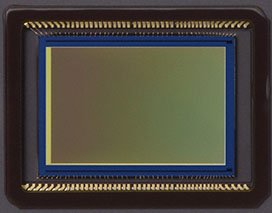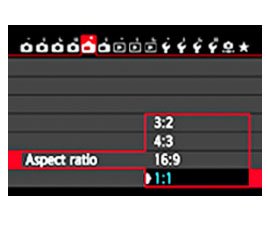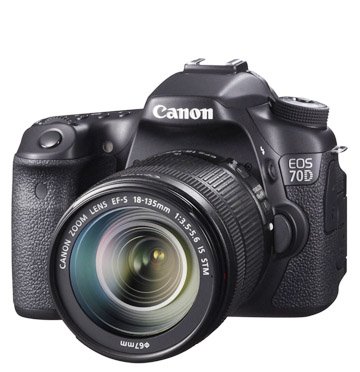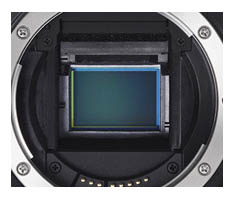Canon EOS 70d Sensor
The canon EOS 70D sensor has a lot of specifications that are gonna make you smile.
The big deal IS NOT the 20.2 megapixels on the sensor. Although you will love the resolution level, it's not the biggest WOW factor with this camera.
The big deal is that the dual-pixels used for auto-focus. The phase detection focusing works on about 80% of the sensor and works in super low light levels, as low as 0 EV.
In the majority of shooting situations, you may not notice a big improvement in auto-focus because many of the recently released DSLR cameras perform fairly well. The big differences are when you are in those low light situations and also when you are shooting video.
THE CANON EOS 70D IS EASILY THE BEST AUTO-FOCUSING DSLR I'VE EVER USED FOR SHOOTING VIDEO.
The dual pixel advantage works for you when you are using the camera in movie mode or Live View mode. The first question people ask about the Canon 70D is about its sensor size.
IS THE CANON 70D A FULL FRAME CAMERA?
No, just like the Canon 80D and the newer full-featured 90D, the 70D is a "crop" sensor, designated as an APS-C sensor. This crop factor can be explained this way. If you are shooting with a normal lens that has a focal length of 50mm on a full frame camera, there is no crop factor. So, the 50mm has an angle of view that behaves like a 50mm lens should.
With the crop sensor of the 70D, which has a crop factor of 1.6x, the angle of view is the same as a 50mm x 1.6 = 80mm lens would have. It "behaves" like an 80mm lens would.
The kit zoom lens that often is sold with the 70D camera has an 18-55mm focal length. so its angle of view is 1.6x times that, or actually about 29-88mm.
CANON 70D SENSOR SENSITIVITY
Super. As soon as I got my own 70D I want to test mine in low light situations. I took a trip to see a Paul Strand photography exhibit in the subdued lighting of an art gallery.
I jacked the ISO way up to see how the 70D sensor would handle it and I posted those photos elsewhere on this web site.
I took this one "secret" photo, in the dark of the museum, without lifting the camera off my thigh, as I was sitting on one of the benches. Yes it's got some noise, but I can tweak that in post-capture software if I want to.
CANON EOS 70D SENSOR PERFORMANCE
The dual pixel technology sounds fancy, but how does the 70D sensor perform?
Even better than the 60D! Canon was the clear leader way back in the early years of digital cameras, particularly in CMOS type of sensors in their DSLRs.
Each upgraded version gave you more pixels and higher ISO setting capabilities. Sensors went from just 3 megapixels to 18 megapixels and ISO improved by 8x from ISO 1600 to 12800.
My first DSLR was a 10D which came in at 6.3 megapixels and a maximum ISO of 1600. The image quality at ISO was pretty bad back then. Sensors ,image quality, and sensitivity improved with each upgrade. But more recently, it's been a few years since Canon has made any significant changes in their APS-C sized sensors.
BUT NOW WE HAVE THE 70D
The Dual Pixel CMOS AF is entirely new. Some have called it revolutionary. I call it fun! The sensor has 19 of the faster-reacting cross-type of auto-focus points. I like fast! This will give you the ability to focus on fast moving objects better.
Other features of the 70D Worth Noting
- The "transmissive" LCD screen gives you several different display options.
- Micro Adjustment. For the best performance with lenses, you can calibrate your lenses with the 70D, a feature that was only available on high-end Canon pro DSLRs.
- Built-in Wifi. Let's you control the camera remotely.
- Electronic Level. I shoot landscapes and I can use the level on the LCD screen to get my horizon right when the scene makes it a challenge to get it right.
- Mulit-aspect Ratio Settings. To get your creativity going, you dont always have to shoot in that 3:2 aspect ratio. Try square (1:1) or
As an Amazon affiliate Canon Camera Geek receives a small commission from qualifying purchases, at NO added cost to you.
Have a blast with your Canon EOS 70D sensor.


Bruce Lovelace is the publisher of Canon Camera Geek. Read more about him on the About Page. He also publishes how to articles and camera gear reviews at the Photography Tips website.
View some of Bruce's photos on Instagram and Flickr. Join the tribe of followers on YouTube. Bruce also runs photo workshops and provides 1 on 1 digital photography coaching.
|
MORE 70D POSTS: |
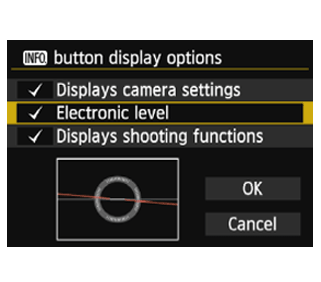 Electronic Level
Electronic LevelCanon 70D LCD Screen
